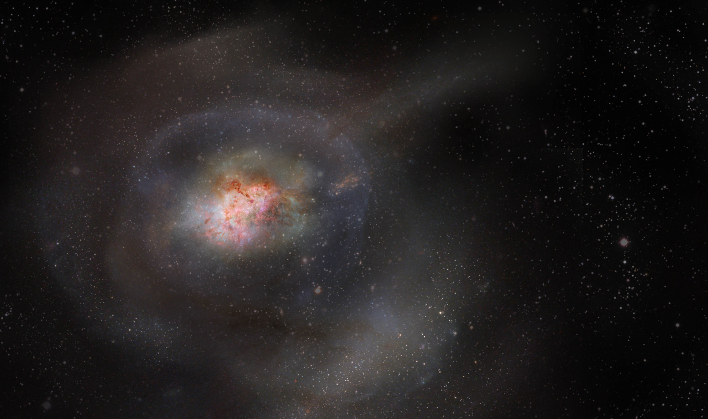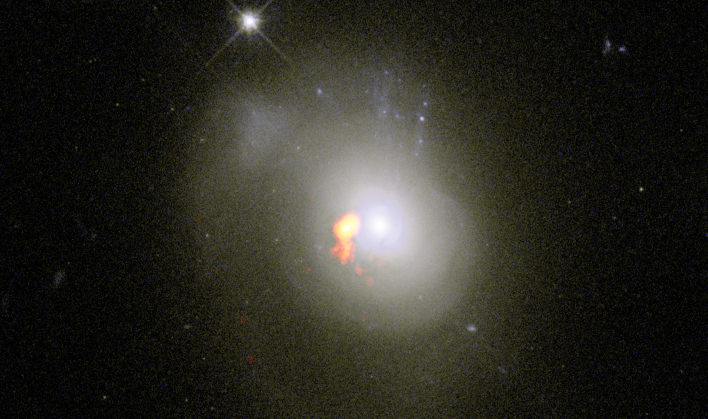Gaseous Galaxies Born From Violent Collisions Aren't Forming Stars, Baffling Scientists

Scientists expect gas to be dispersed in a similar way to starlight, as in most galaxies. However, this is not the case for post-starburst galaxies, or PSBs. These galaxies differ from other galaxies in that they are born during mergers between galaxies. As galaxies merge they typically trigger massive bursts of star formation, but when it comes to PSBs, this outburst slows down and nearly stops completely as soon as it begins. Until now, scientists believed that these galaxies had little to no star-forming fuel left. The new data also challenges the theory that molecular gases had been redistributed to radii far beyond the galaxies.
"We've known for some time that large amounts of molecular gas remains in the vicinity of PSBs but haven't been able to say where, which in turn, has prevented us from understanding why these galaxies stopped forming stars," stated Adam Smercina, an astronomer at the University of Washington and the principal investigator of the new study. "Now, we have discovered a considerable amount of remaining gas within the galaxies and that remaining gas is very compact."

"The rates of star formation in the PSBs we observed are much lower than in other galaxies, even though there appears to be plenty of fuel to sustain the process. In this case, star formation may be suppressed due to turbulence in the gas, much like a strong wind can suppress a fire," Smercina remarked. "However, star formation can also be enhanced by turbulence, just like wind can fan flames, so understanding what is generating this turbulent energy, and how exactly it is contributing to dormancy, is a remaining question of this work."
The results bring up the question of what energy sources are present in these galaxies to drive turbulence and cause the gas to not form new stars, as indicated by a co-author of the research, Decker French. "One possibility is energy from the accretion disk of the central supermassive black holes in these galaxies."
Researchers of the new study say that having a clear understanding of the processes that govern the formation of stars and galaxies is key to providing context to the Universe. The new discovery lends one more clue to solving the mystery of how galaxies live, evolve, and die over the course of billions of years.
Smercina stated, "It's often the case that we as astronomers intuit answers to our questions ahead of observations ahead of observations, but this time, we learned something completely unexpected about the Universe."
Top Image Credit: ALMA (ESO/NAOJ/NRAO)/S. Dagnello (NRAO/AUI/NSF)

